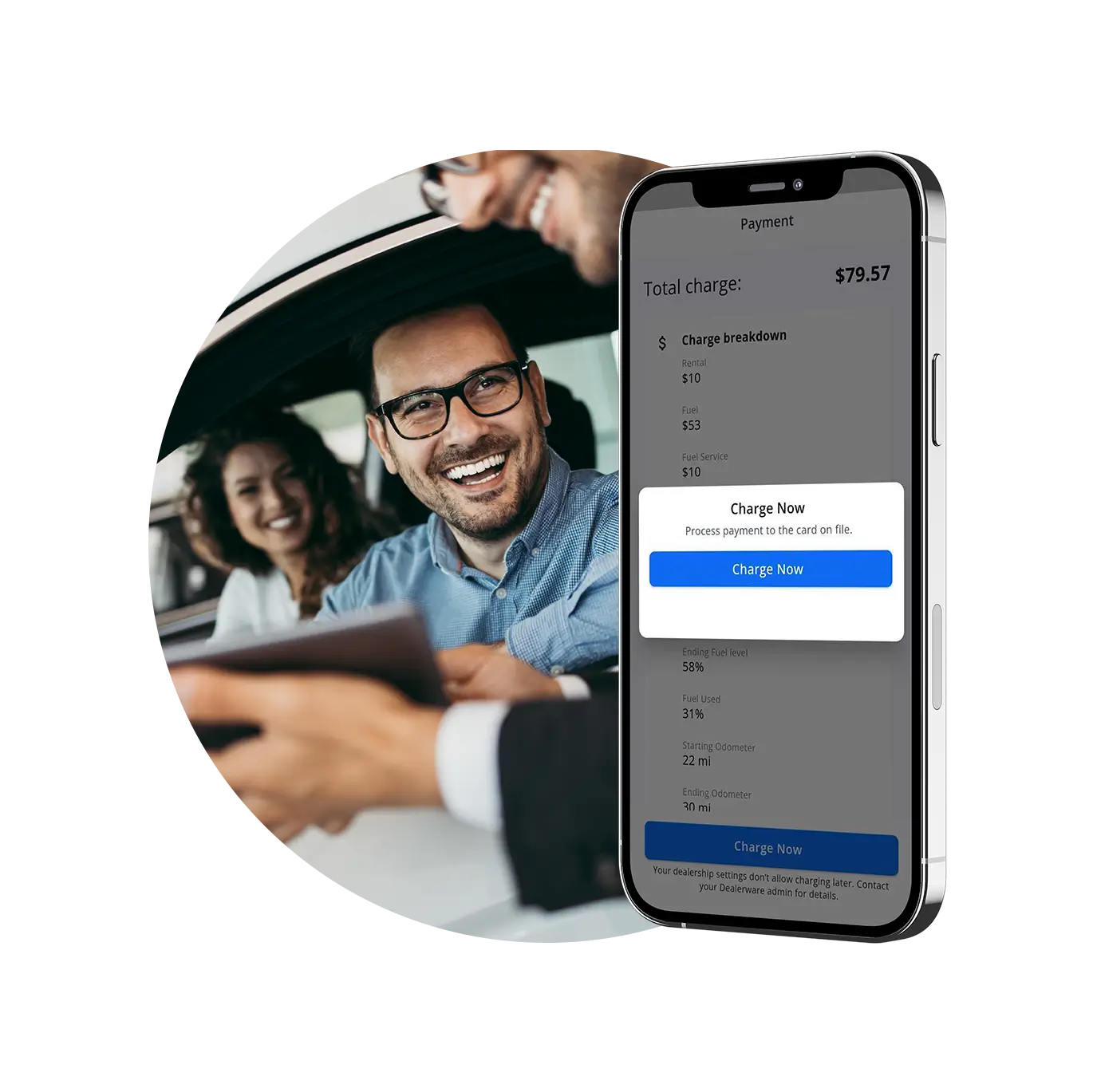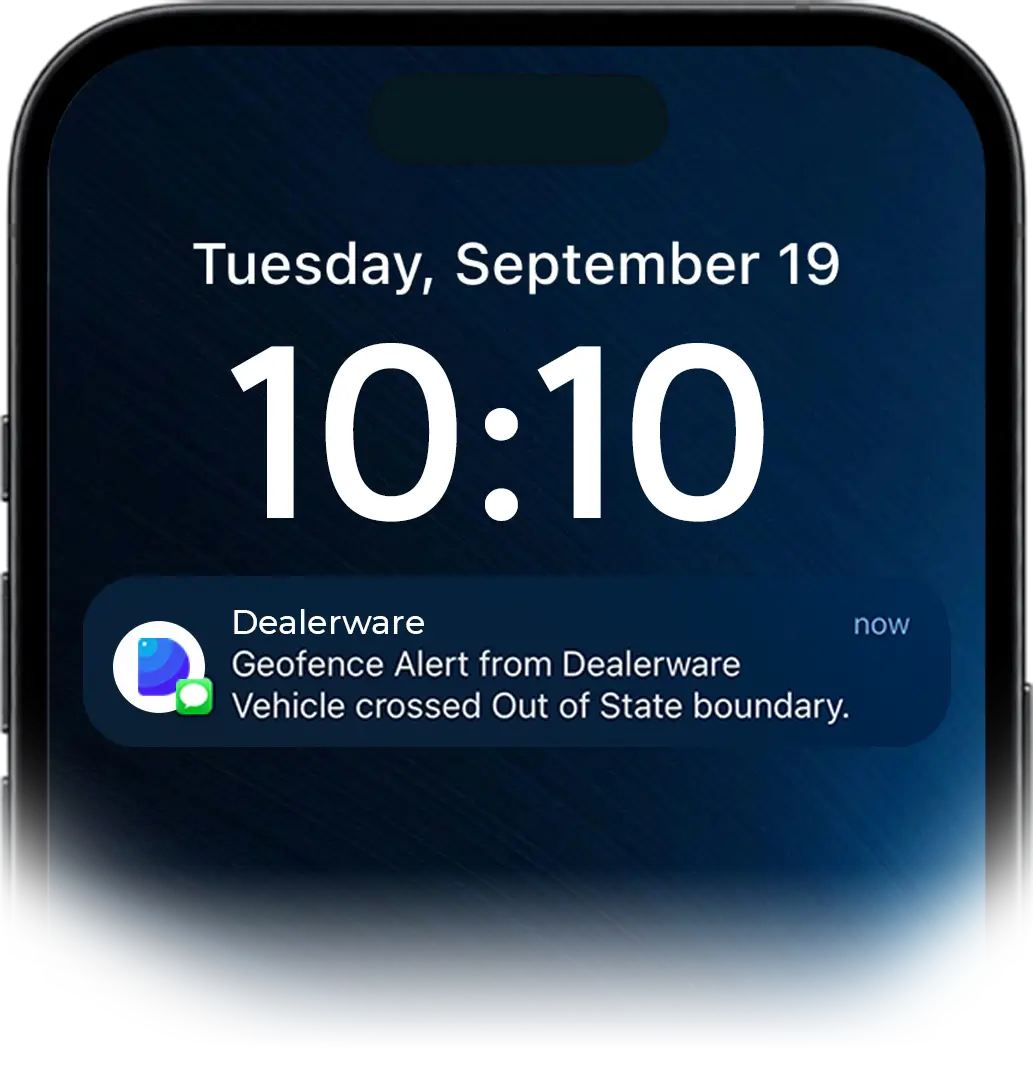We recently wrote about the importance of great communication in building strong customer relationships. In that post, we talked about the importance of communication to CSI scores and customer loyalty, but being communicative and transparent can help dealerships run more efficiently, too.
By implementing strategies that outline clear expectations for customers from the beginning of a loaner contract, dealers can ensure loaners are returned on time without confusion, helping keep fleet utilization high.
Make a great impression
Great communication sets the tone for your customer’s service experience. Dealership employees should give clear, friendly instructions on what the customer is responsible for – refueling and toll charges, namely – and plenty of information about how and when the customer will hear about their car. These are the big questions they have, so try to answer them up front to show that you understand and care about their concerns.
In addition to setting their expectations and giving them easy-to-remember instructions, this approach at the beginning of a loaner contract can build a mutual respect with your customer. Respect for your employees and your business can encourage customers to return vehicles on time. And if there is a dispute at the end of a rental contract, that mutual respect should also prevent blowback from customers whose expectations weren’t fully met – more on that later.
Long paper contracts can have a negative impact on the customer experience, because whether you take the time to explain all the details or not, dense text can inspire mistrust. Dealerware simplifies contracting by removing the paper and automatically scanning licenses, capturing insurance info and presenting customers with easy-to-read agreement summaries. Toggle switches and mobile signatures further simplify the steps for your customer, and they can even complete contracts on their own device. Find some more info on Dealerware’s Mobile Contracts and Contactless Contracting here.
Keep in touch
There’s no such thing as over-communicating – OK, maybe your customers don’t want to hear “Good morning” and “goodnight” from you, your service advisors should stick to the plan provided at the beginning of the loaner contract. If there’s an update on their repair, call or text your customer. If their service is finished, provide clear and detailed instructions about when you’d like them to return to pick up their car and where they should bring the loaner when they arrive.
Service advisors should be armed with suggested language for communicating things like unexpected parts delays or the need for additional service, particularly to critical components like tires, brakes and lights. As at the beginning of the customer experience, outlining clear expectations, providing as much detail as possible and staying friendly are keys to maintaining the trust between you and your customer.
In the case that an unexpected problem does occur and a customer becomes annoyed or outright angry, service advisors need to be prepared. It’s important to start with active listening – hear out your customer’s concerns and complaints and reiterate the problem as they’ve stated it. The most effective active listeners employ a tone that makes customer feel validated and comfortable.
Once you’ve reached an understanding of the problem with an unhappy customer, it’s time to get back on the same team. Advisors should clearly communicate that they understand the problem and then explain how the customer’s experience will be elevated, not just how their problem will be resolved.
You should always clearly communicate that they understand the problem and explain how the customer’s experience will be elevated, not just resolved.
By actively listening, reiterating problem statements, and making efforts to resolve issues and improve experiences, any service advisor can mitigate blowback and save a relationship.
When communication isn’t enough
Unfortunately, every dealership is probably familiar with cases where a customer decides to “ghost” you after they are supposed to return a loaner. Sometimes they’re “too busy” to get back to the dealership, and other times they’re intentionally ignoring your calls – in either case, there are times when a dealership needs to take action to get vehicles back on the lot.
It’s worth noting one more time that setting clear expectations about the limits of a loaner contract can help mitigate the risk of customers going dark. If you’re too familiar with “ghosting,” re-evaluate the initial conversations advisors have with customers.
But if you’ve done all you can to create trust with your customer and they’re still not back, Dealerware offers a few tools that can help dealerships soften the impact of delayed returns and more easily retrieve cars.
First, fees. If your warnings don’t work, talking to your customer’s wallet may. Dealerware gives dealers the option to set late fees for each day the vehicle is not returned, and this option can be added to contract summary toggles so that customers must read, understand, and agree to the fees before leaving with a loaner in the first place.
In the case that a customer can’t be reached at all and late fees are not in place, Dealerware’s platform also allows for GPS tracking so you can pinpoint the exact location of a vehicle and go get it.
If you notice a pattern of certain customers consistently abusing loaner vehicles, you can also restrict them from renting (and further abusing) your fleet. In Dealerware, add that customer to a Do Not Rent list, which will prevent service advisors from completing a contract with that customer any time they visit the dealership in the future.







